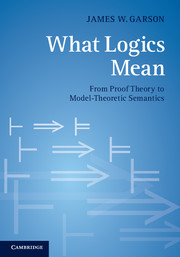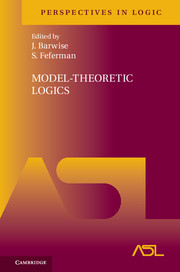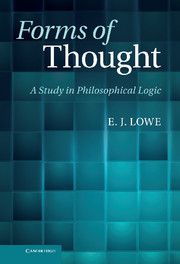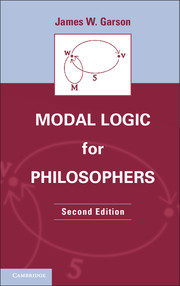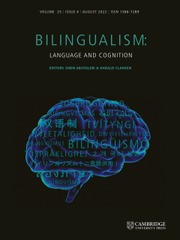What Logics Mean
What do the rules of logic say about the meanings of the symbols they govern? In this book, James W. Garson examines the inferential behaviour of logical connectives (such as 'and', 'or', 'not' and 'if … then'), whose behaviour is defined by strict rules, and proves definitive results concerning exactly what those rules express about connective truth conditions. He explores the ways in which, depending on circumstances, a system of rules may provide no interpretation of a connective at all, or the interpretation we ordinarily expect for it, or an unfamiliar or novel interpretation. He also shows how the novel interpretations thus generated may be used to help analyse philosophical problems such as vagueness and the open future. His book will be valuable for graduates and specialists in logic, philosophy of logic, and philosophy of language.
- This book explains how the meanings of the symbols of logic are determined by the rules that govern them
- Offers novel interpretations which may be applied to the analysis of philosophical problems, notably to the problems of vagueness and future contingency
- Includes demonstrations of theorems throughout the book
Product details
No date availablePaperback
9781107611962
260 pages
246 × 175 × 16 mm
0.53kg
Table of Contents
- Preface
- 1. Introduction to model-theoretic inferentialism
- 2. Deductive expression
- 3. Local expression
- 4. Global expression
- 5. Intuitionistic semantics
- 6. Conditionals
- 7. Disjunction
- 8. Negation
- 9. Supervaluations and natural semantics
- 10. Natural semantics for an open future
- 11. The expressive power of sequent calculi
- 12. Soundness and completeness for natural semantics
- 13. Connections with proof-theoretic semantics
- 14. Quantifiers
- 15. Natural semantics and vagueness
- 16. Modal logic
- Summary.

